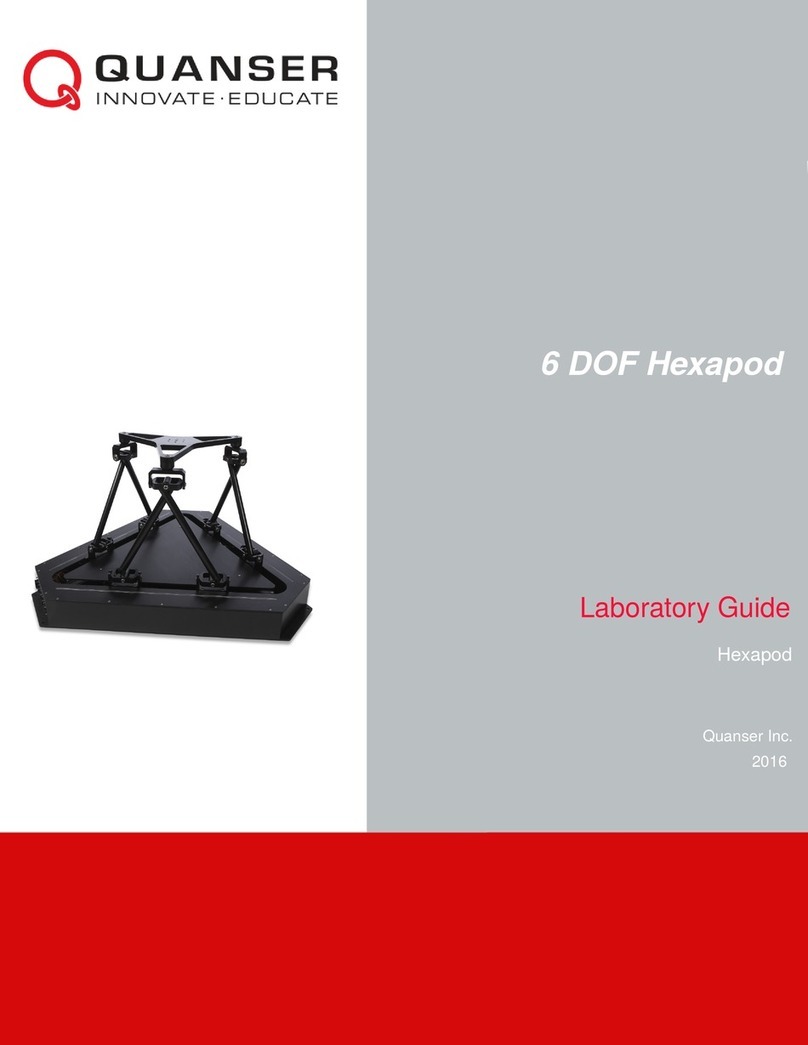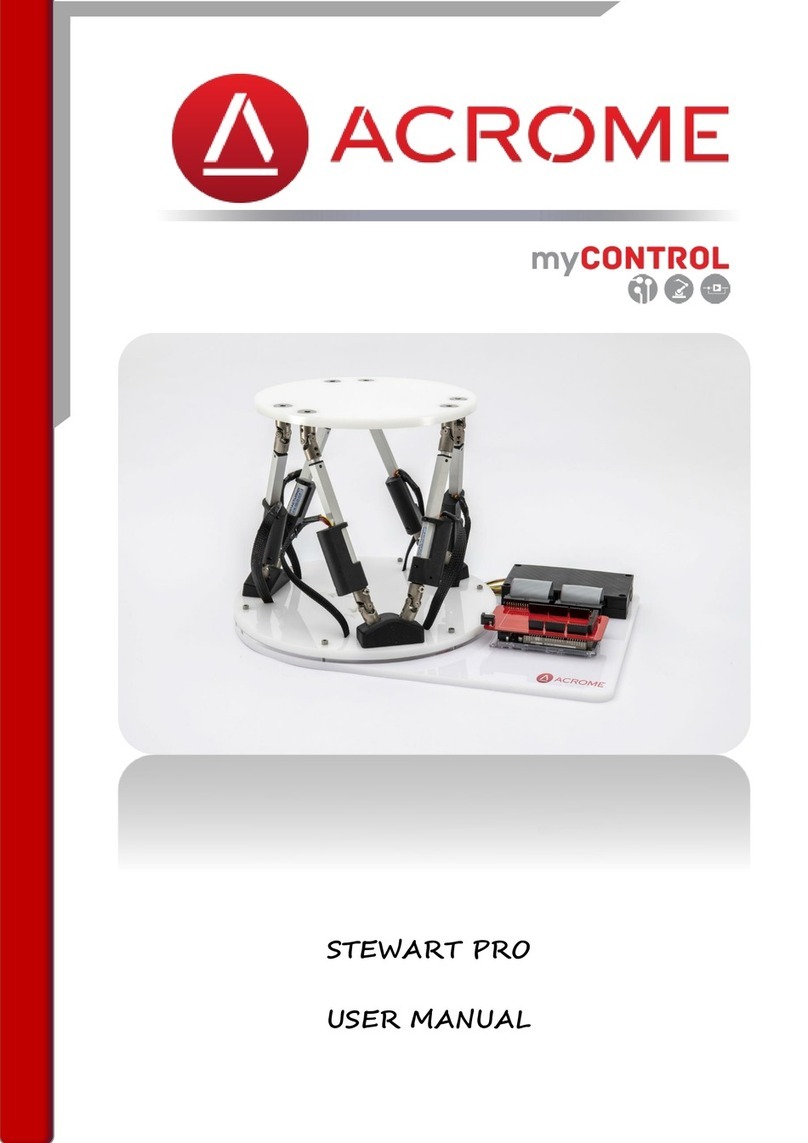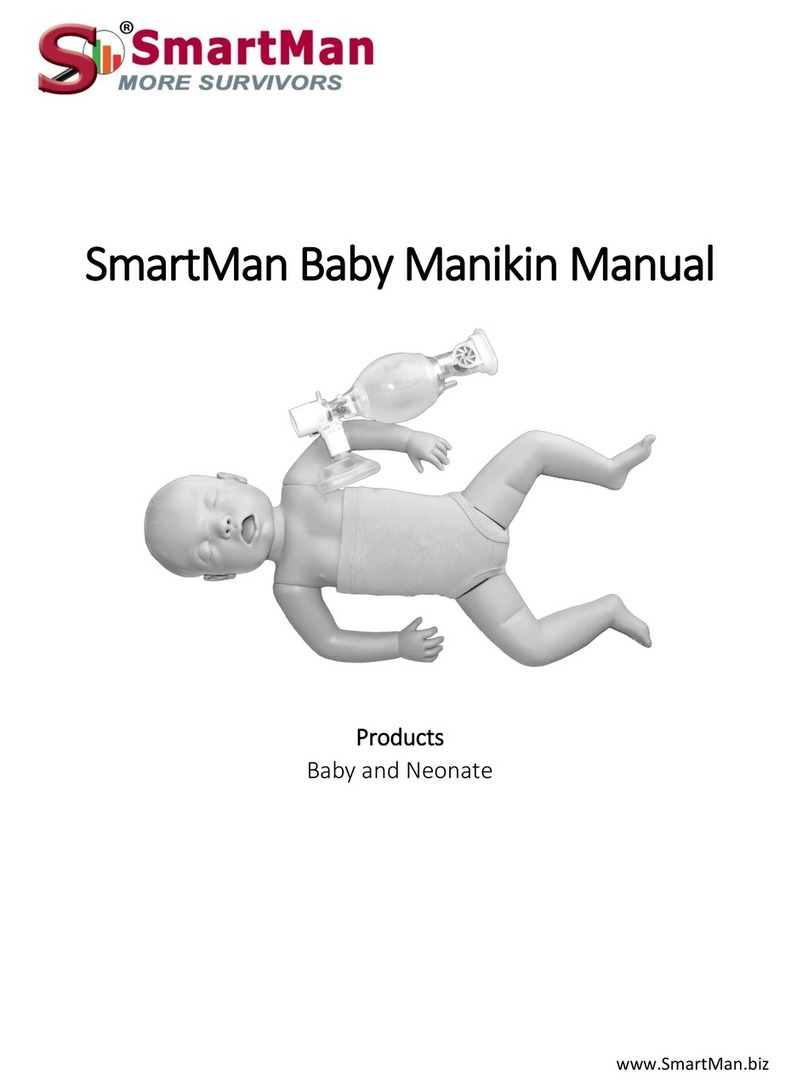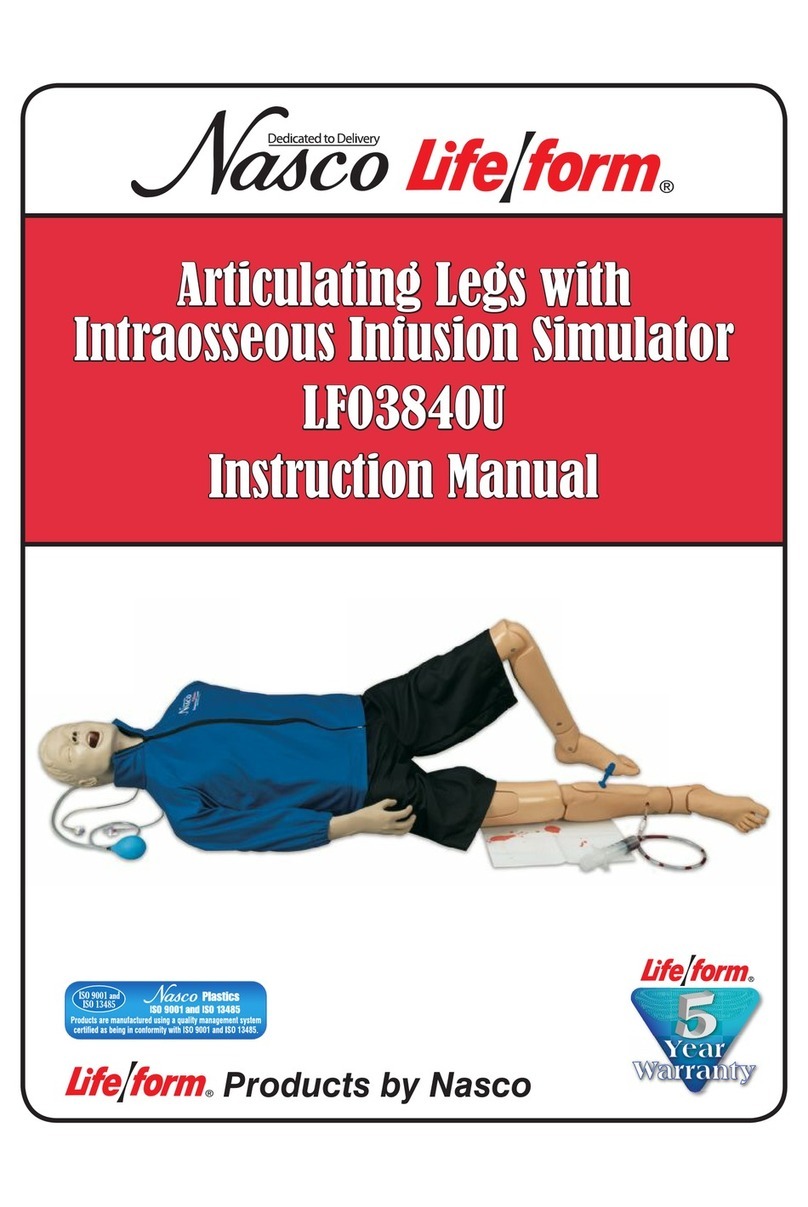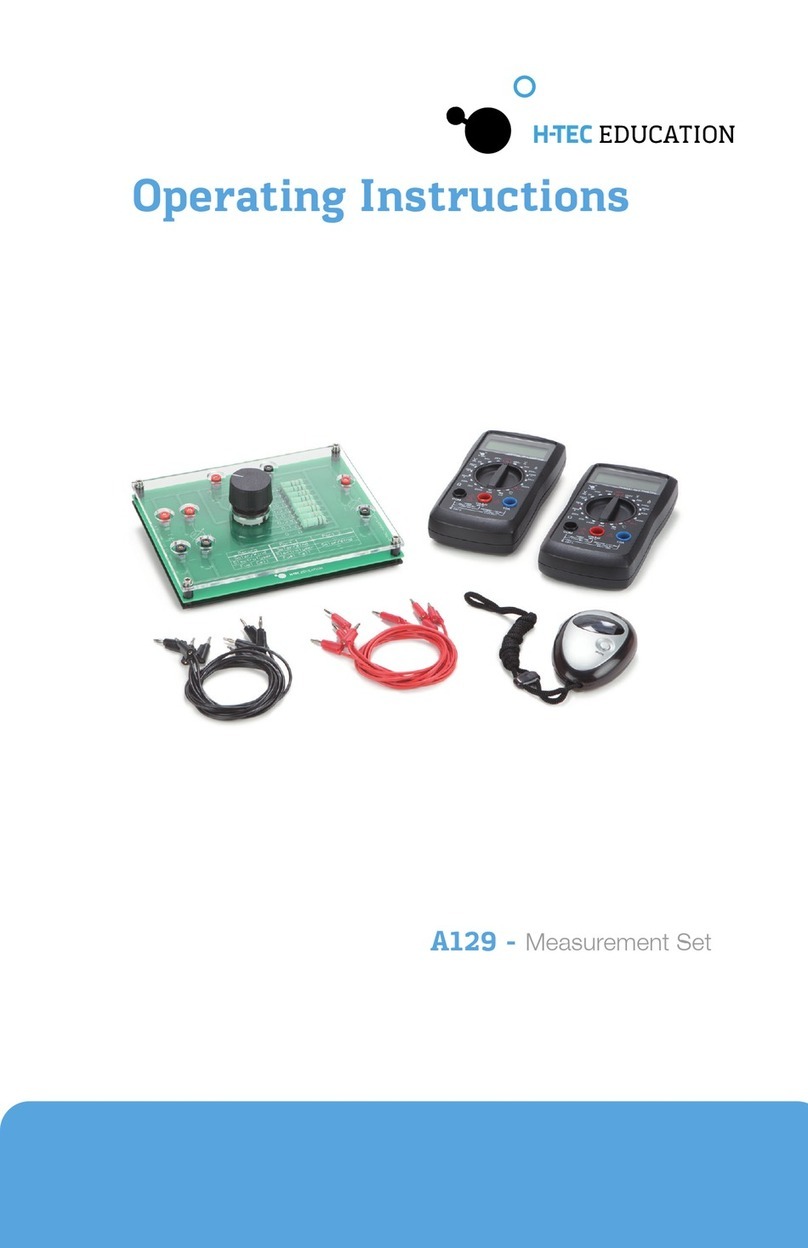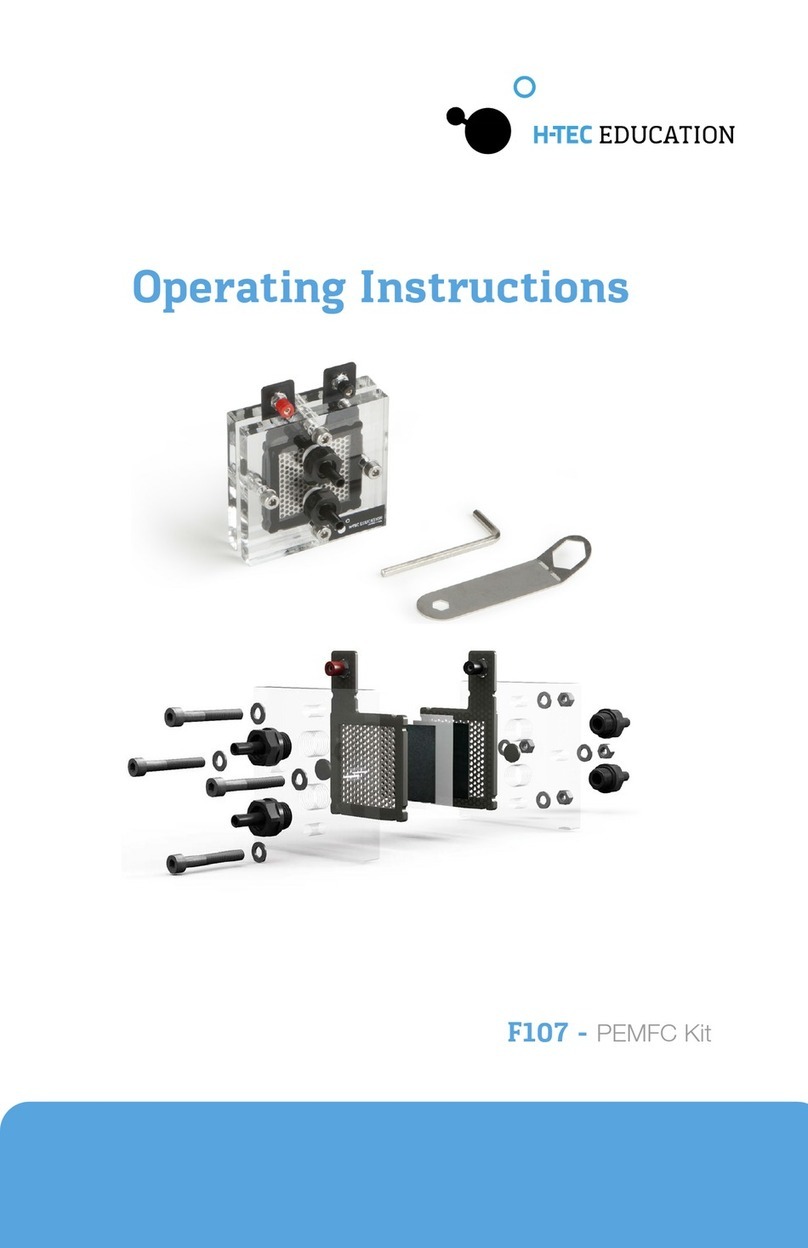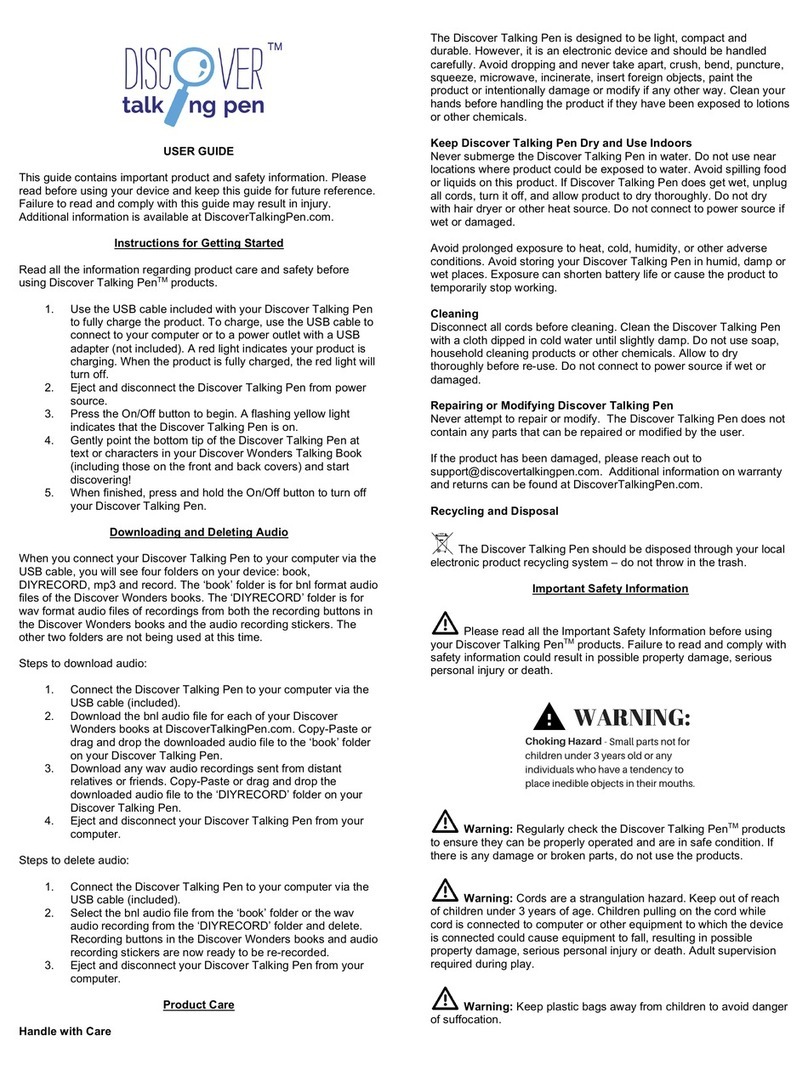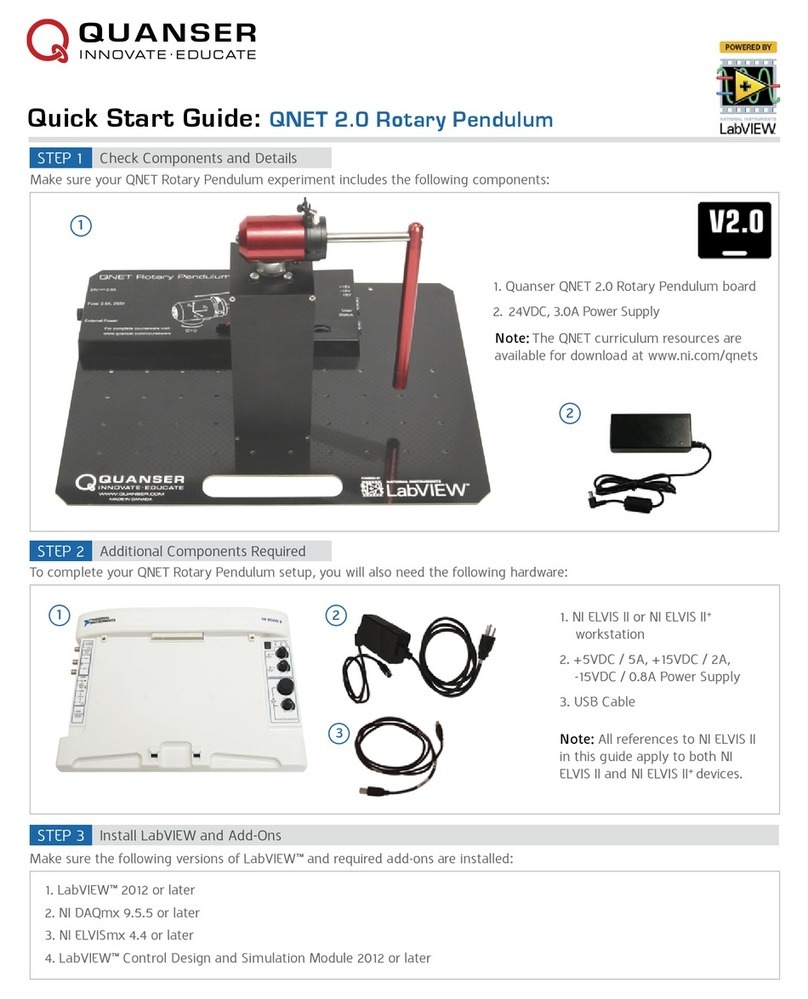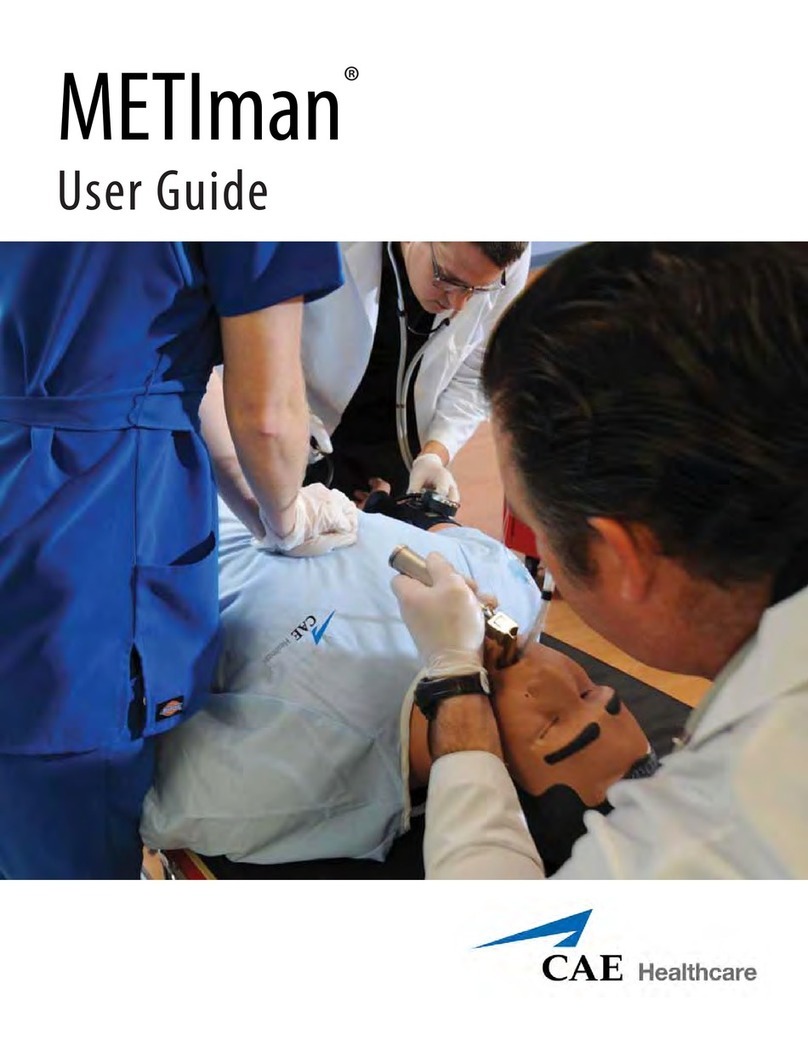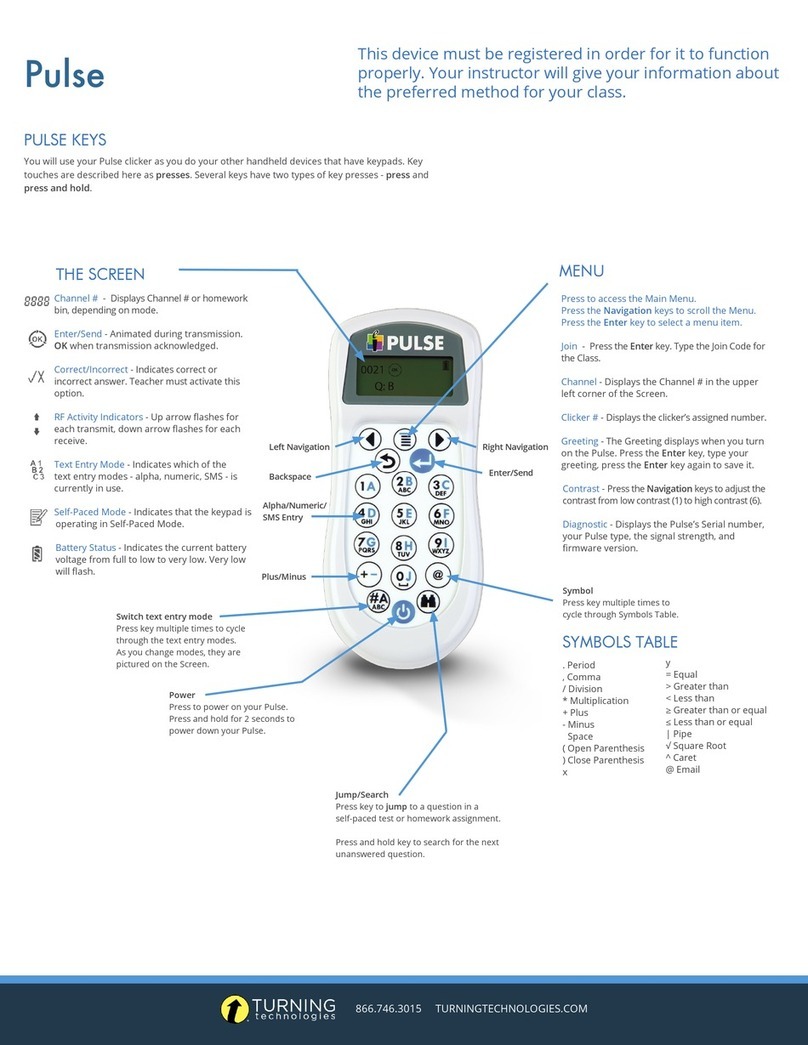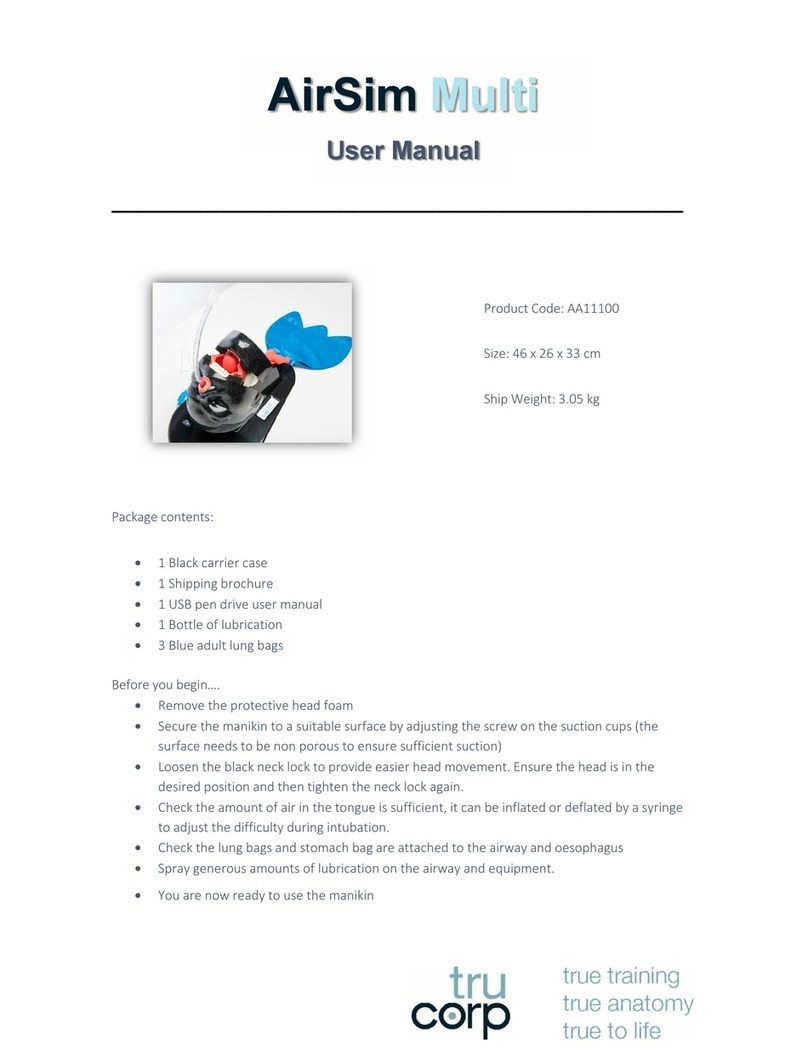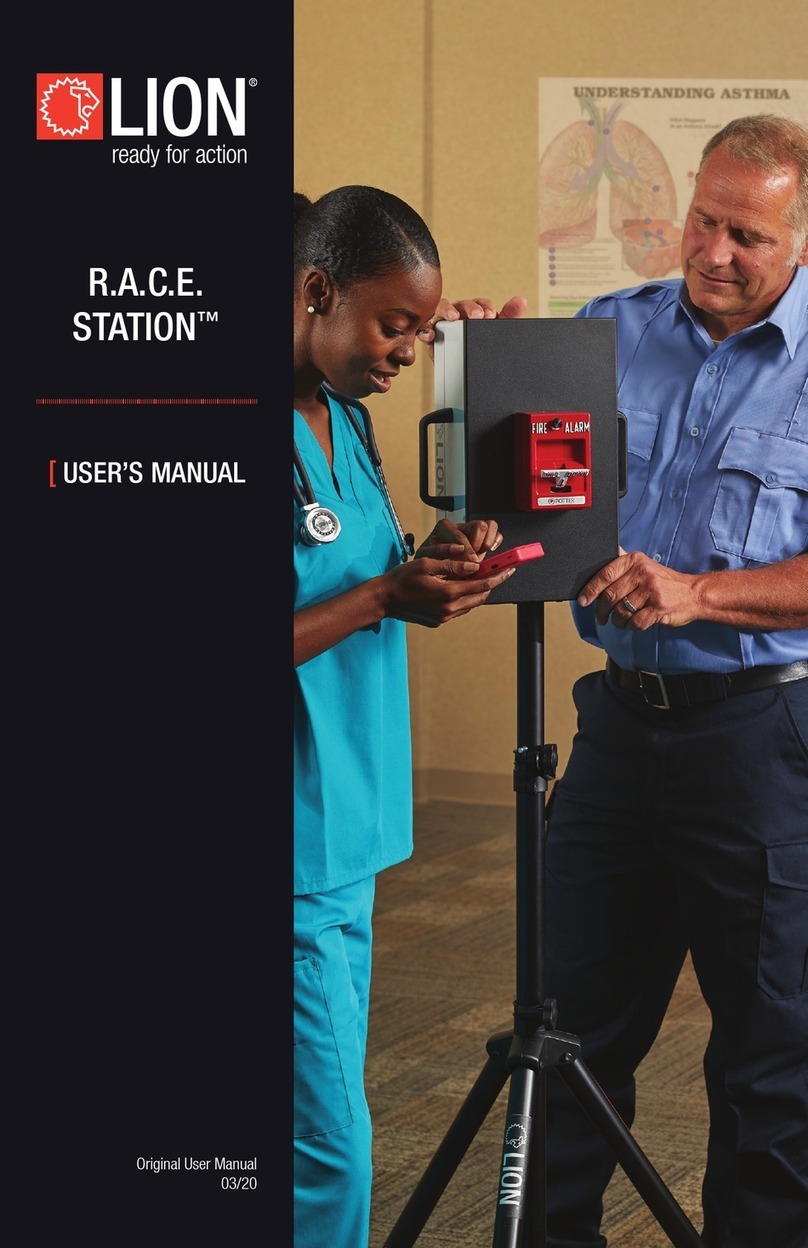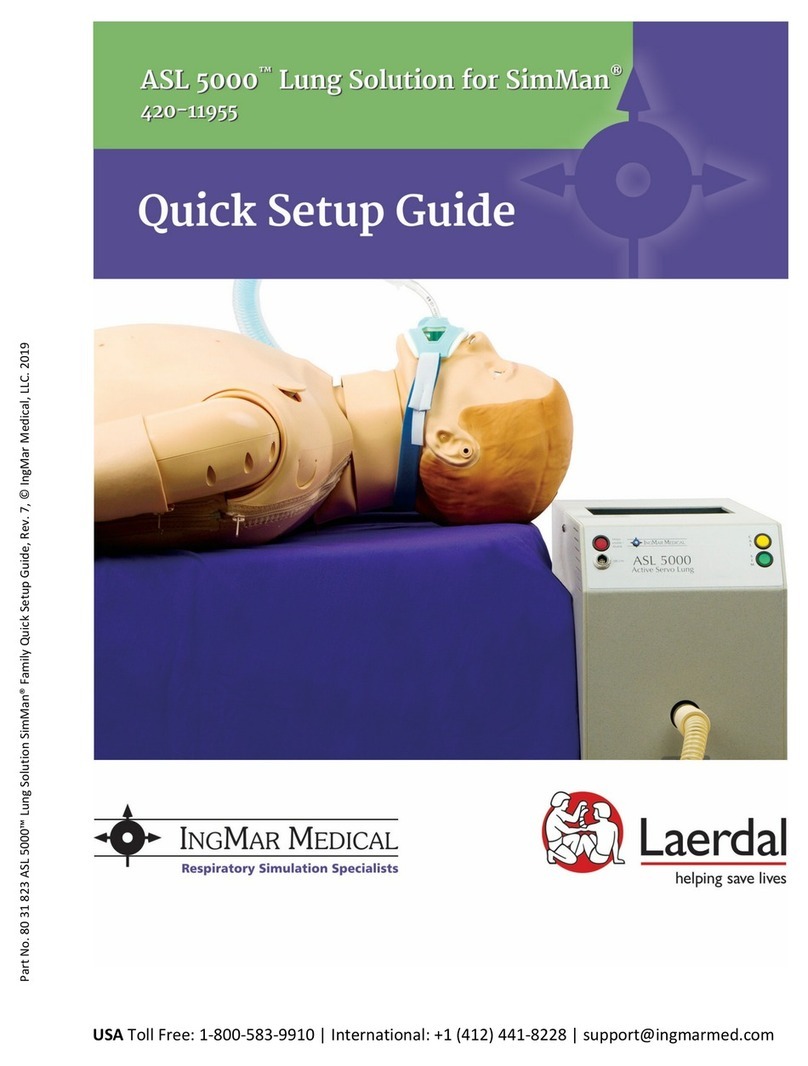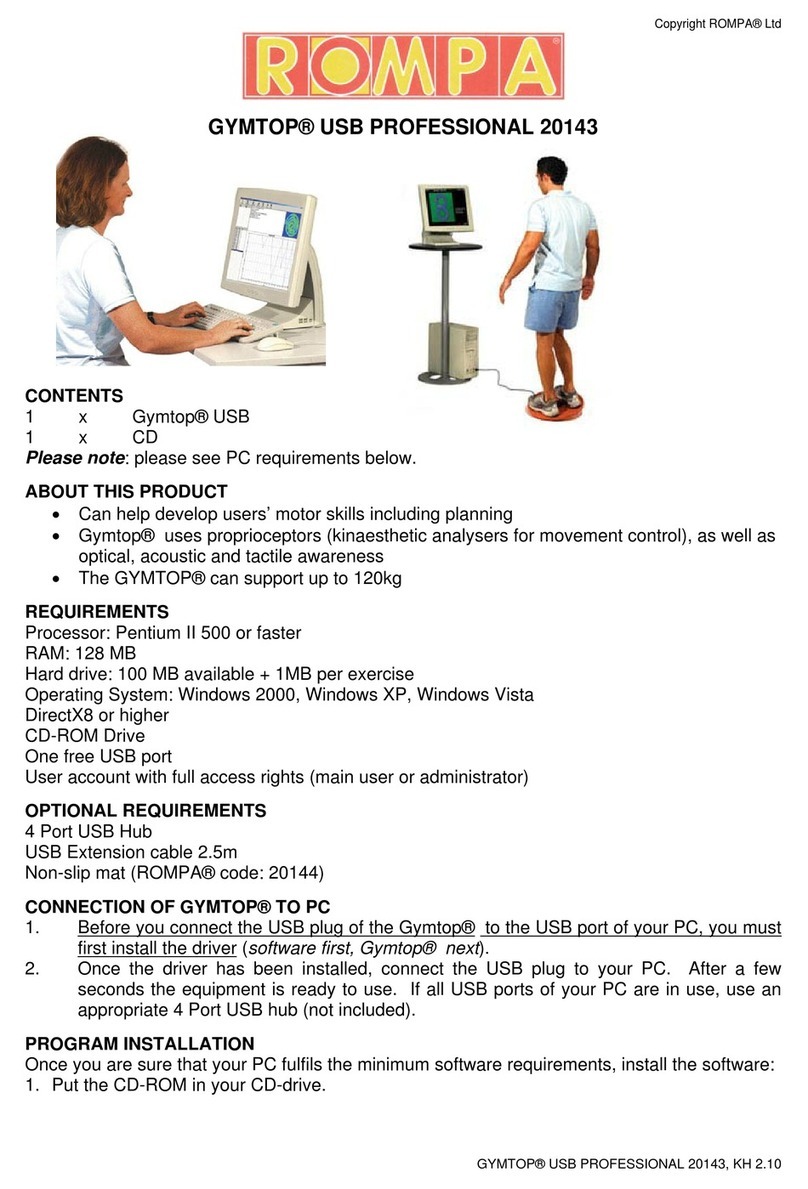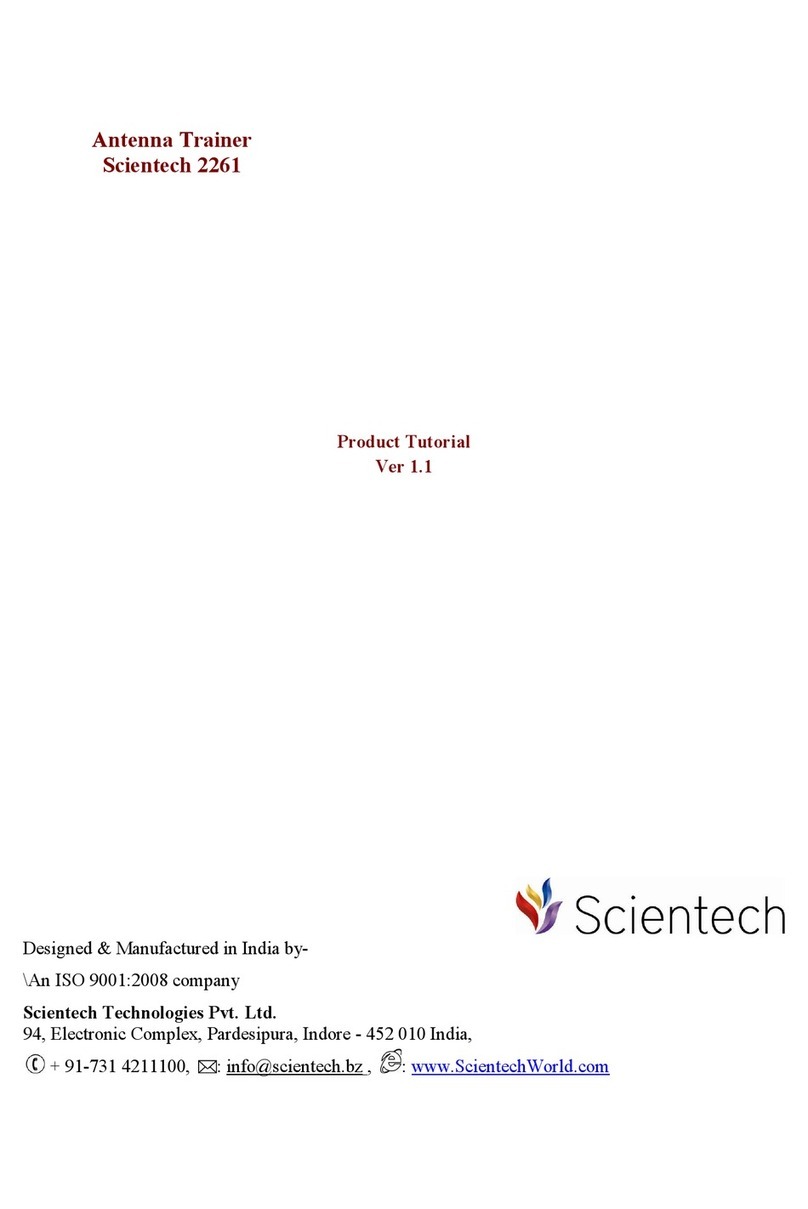
www.myhtec.com 9
During operation, small amounts of water pass through the electrolyzer’s polymer electrolyte
membrane (PEM) from the oxygen side. This may cause the water level to rise on the
hydrogen side and fall on the oxygen side. In addition, distilled water is being consumed
during operation.
If the water level needs to be adjusted, gas production must be stopped. For this purpose,
remove the connecting cables on the power supply from the respective connections on the
electrolyser. To remove water, briefly open the tube clamp on the respective water outlet
(see Chapter “Shutting down”).
Always maintain the water levels in the water reservoirs between the -MAX- and the -MIN-
mark. For this reason, check and, if necessary, adjust the water level during operation.
Distilled water may be added (σ< 2 μS/cm) to the respective water reservoir with the
overflow tank in place.
Risk of injury from hydrogen ignition!
Damaged tubes or leaking connections may cause hydrogen to escape.
Hydrogen and hydrogen-air mixtures may ignite when in proximity to an ignition
source.
Check tubes and connections for damage before each setup and before each use.
Risk of injury from hot surfaces!
A diode on the underside of the base plate protects the electrolyzer against reverse
polarity. The protection diode becomes very hot in case of incorrect polarity. Touching
the protection diode may cause injuries.
When connecting the power supply, ensure the correct polarity of the electric
connections (red = “+”, black = “-”). Do not touch the protection diode.
Risk of injury from hot surfaces!
The surface of solar modules may become very hot during operation.
Touching the surface of the solar modules may cause injuries.
Do not touch the surface of the solar modules during operation. Let the surface of the
solar modules cool to at least 60 °C before disassembly or removal.
CAUTION
CAUTION
CAUTION
Risk of injury from hydrogen ignition!
During operation, small amounts of hydrogen are continuously released into the
atmosphere. Escaping hydrogen may ignite when in proximity to an ignition source.
Keep product away from ignition sources. Ensure ventilation in accordance with the
general safety instructions.
Risk of fire due to electrical overload.
Any operation beyond the electrical specifications will lead to excessive overheating
of the electrolyzer. This may cause a fire.
Never operate the electrolyzer beyond the electrical specifications stated in the
technical data.
CAUTION
CAUTION
